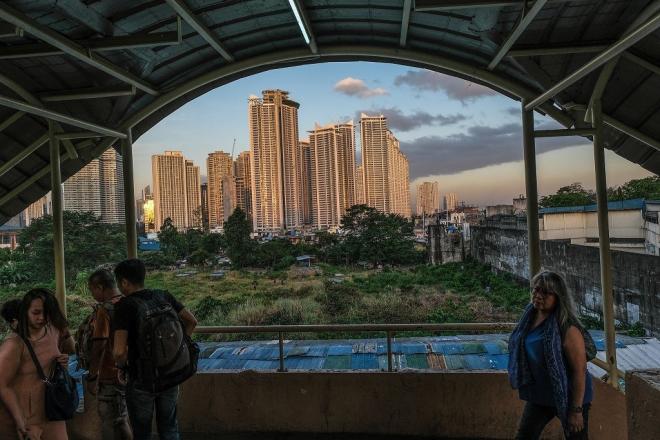
The coronavirus disease (COVID-19) pandemic has claimed more than two million lives and laid siege to economies across the world. Yet the crisis also offers opportunities of building back better through recovery measures that promote greater resilience, inclusiveness and sustainability.
In Southeast Asia, the Association of Southeast Asian Nations (ASEAN) adopted a post-pandemic economic recovery framework that aims to “build back cleaner” as one of its objectives. This means promoting green growth measures, such as investing in infrastructure that support energy efficiency and decarbonization and create more jobs.
Renewable energy projects alone can add $25 billion to the annual gross domestic product (GDP) and generate 1.7 million jobs by 2030 in Southeast Asia. These estimates by Sustainable Energy for All (SEforALL) is based on the ASEAN target of investing $27 billion a year to achieve a 23% share for renewables in the energy mix by 2025.
Aside from clean energy, the Asian Development Bank (ADB) says investing in environmentally sustainable development in agriculture, oceans, urban and transport, and waste management could create 30 million jobs in Southeast Asia by 2030.
Under the ASEAN Catalytic Green Finance Facility (ACGF), the Green Recovery Program was recently put in place to support such investments as part of COVID-19 recovery measures by using innovative green finance instruments and approaches.
Low-carbon projects
Launched in April 2019, ACGF mobilizes investments in green infrastructure that promotes clean energy, sustainable urban transport, water supply and sanitation, waste management, and climate-resilient agriculture. It is an initiative of the ASEAN Infrastructure Fund, a regional financing vehicle created by ASEAN member states and ADB. ACGF has attracted more than $1.4 billion in cofinancing commitments.
The Green Recovery Program will support 20 green infrastructure projects in ASEAN member-countries worth more than $4 billion. In 30 years, these projects are expected to reduce carbon dioxide emissions by 119 million tons and create 340,000 green jobs in key sectors, such as sustainable transport, renewable energy and energy efficiency systems, as well as low-carbon agriculture and natural resources.
“The ACGF Green Recovery Program is designed to kickstart a cycle of low-emissions investments during the first few years of a COVID-19 recovery,” said ADB Vice-President for Operations 2 Ahmed M. Saeed. “The program will help Southeast Asian countries design green stimulus packages and projects that will create climate-friendly jobs, boost economic growth, and help countries fulfill their pledges under the Paris Agreement to reduce greenhouse gas emissions.”
Aside from the COVID-19 pandemic, the world is also experiencing the impacts of climate change, which threatens to become a larger crisis.
A widening financing gap
The Green Recovery Program will help ASEAN countries bridge a major gap in financing green infrastructure, with the region’s annual investment needs estimated to be $210 billion even before COVID-19. The gap is likely to have widened during the pandemic, as the region’s economy contracted by 4.4% in 2020, according to ADB.
“The program seeks to accelerate the flow of green capital from banks, investors, and capital markets to Southeast Asia by helping de-risk and prepare bankable green infrastructure investments,” said ADB’s ACGF Unit Head Anouj Mehta. “The program will also help countries scale up issuances of green and climate bonds to support sustainable growth in developing Southeast Asia.”
The Green Climate Fund (GCF), a global fund based in the Republic of Korea, has allocated $300 million to support the program. ADB, which manages the ACGF, will prioritize the use of GCF funding under the program for investment projects in Cambodia, Indonesia, the Lao People’s Democratic Republic, and the Philippines.
The Green Recovery Program will be implemented according to the green investment principles and eligibility criteria of ACGF, which include contributing to climate change mitigation or adaption and environmental sustainability.
This story was first published by BIMP-EAGA on 30 March 2021.

